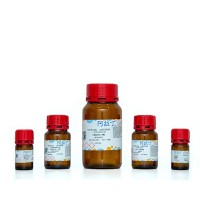Protein-Fragment Complementation Assays for Large-Scale Analysis, Functional Dissection and Dynamic Studies of ProteinProtein Interactions in Living C
互联网
互联网
相关产品推荐

Mitochondrial dynamic protein MID51, Smcr7l ELISA KIT/ Mouse Mitochondrial dynamic protein MID51, Smcr7l ELISA试剂盒
¥2980

Ni Sepharose™ 6 Fast Flow - Scale-up Purifi(PH-9)-2ml体积/5ml体积
¥1600

柠檬酸盐浓缩液,68-04-2,BioReagent, 4 % (w/v), suitable for coagulation assays,阿拉丁
¥237.90

Coronavirus spike重组蛋白|Recombinant SARS-CoV-2 (2019-nCoV) Spike S2-mFc Recombinant Protein
¥4500

large neuromedin N,阿拉丁
¥11999.90
相关问答
推荐阅读
Detection and Visualization of Protein Interactions with Protein Fragment Complementation Assays
Systematic Analysis of Complex Signal Transduction Pathways Using Protein Fragment Complementation Assays
Fragment Complementation and Co-immunoprecipitation Assays for Understanding R Protein Structure and Function

